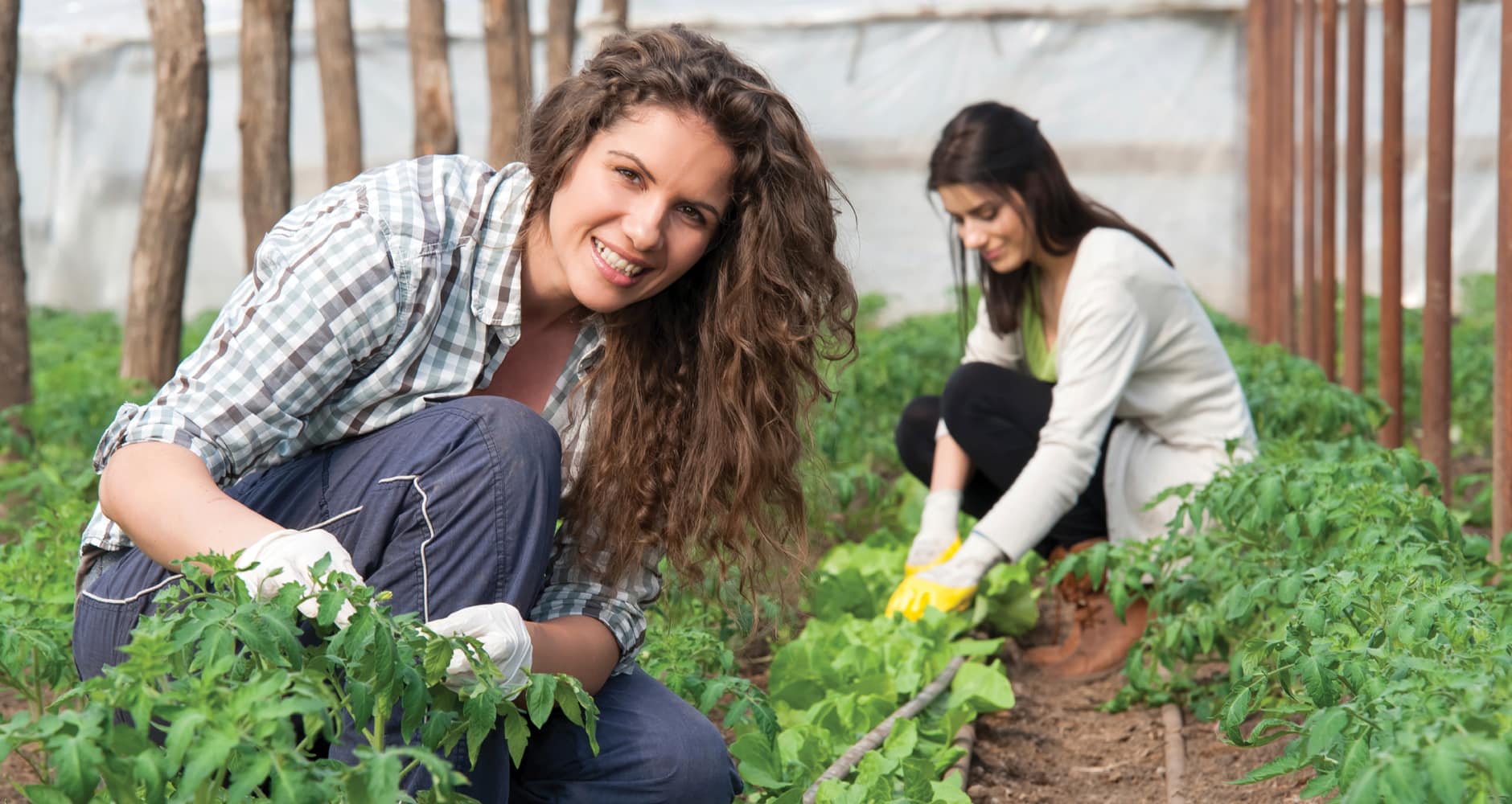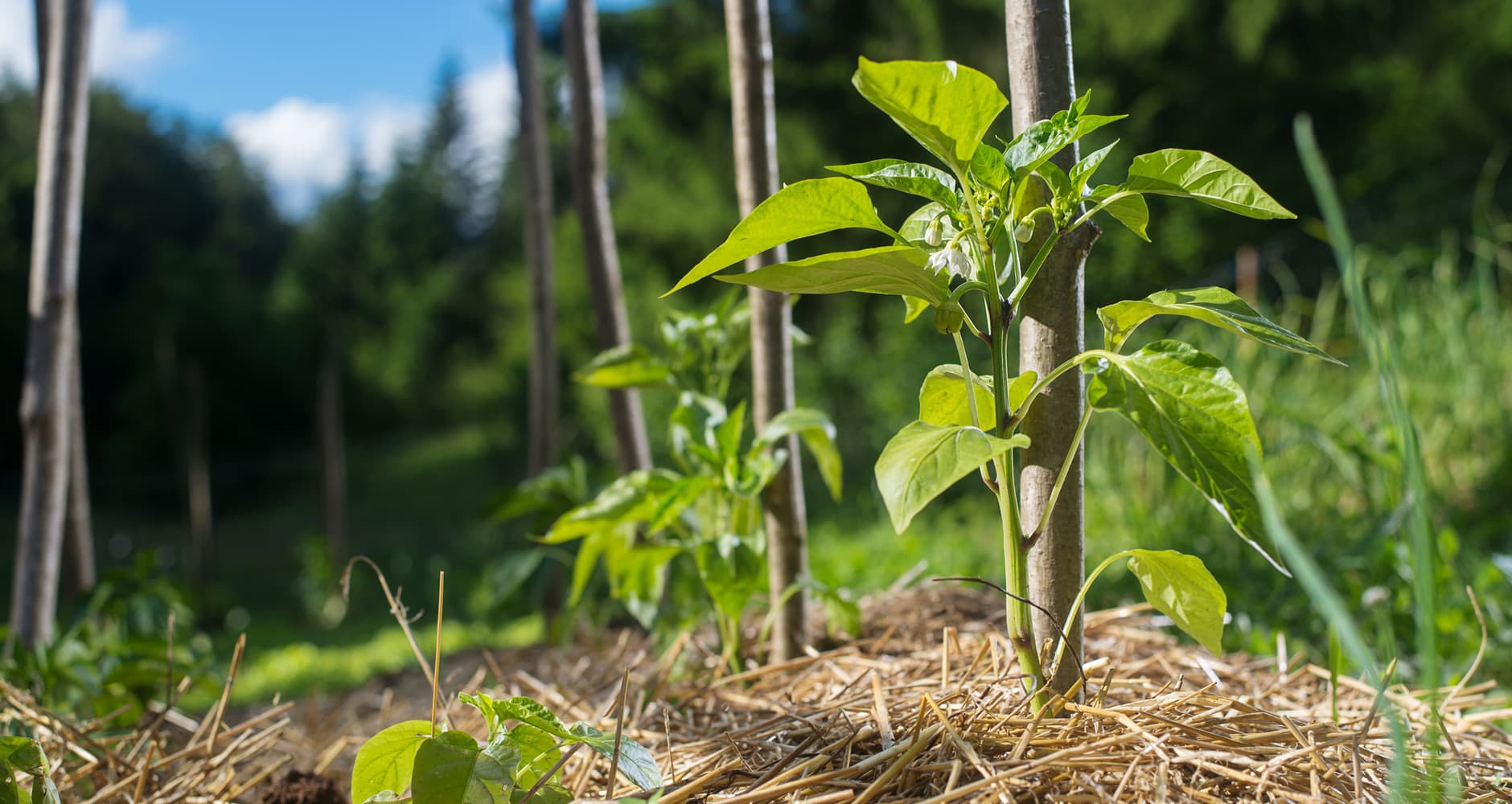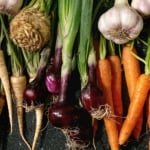7 Gardening Mistakes You Might Be Making
Gardening is a great spring activity, but it's a tough job. Many people make these common gardening mistakes which can derail all that hard work. See the list and set yourself up for a successful healthy garden!

Gardening is a great way to stay active, lower your risks of heart disease, enjoy time outdoors, and reap delicious fresh produce. But gardeners sometimes make blunders that can derail their efforts. To help make time spent in the soil profitable this year, avoid making these common gardening mistakes.
Are You Making These 7 Gardening Mistakes?
- Choosing The Wrong Spot. Gardening is all about location, location, location. A common gardening mistake is picking the wrong place to try and grow anything. Consider this when choosing the perfect spot to grow:
- Your vegetable garden needs to receive at least eight hours of sunlight a day.
- It needs good drainage, ideally with a slight slope.
- It needs protection from direct, cold wind.
- Don’t garden near trees to prevent established roots from absorbing nutrients in the garden soil.
- Choose a site as close to your house and kitchen as possible. The closer the garden bed is to your house, the easier it is to access daily and keep a watchful eye on its progress.
- Planning Too Big. What are your gardening goals? Do you want to yield surplus produce to freeze or preserve? Or do you want to grow just enough vegetables and herbs to enjoy fresh during the season at hand? A common gardening mistake is biting off more than you can chew. Dream big, but be realistic when determining how large a garden to cultivate. If this is your first garden, consider starting small with a few short rows, or a raised bed, and limiting the number of vegetables you plant to two or three, to learn as you go. Gardening should be a rewarding endeavor, but it can also be hard work. If you have an enjoyable season this year, you’re apt to do it again next season.
- Poor Plot Prep. Fall is the best time to turn the soil in a new garden site. The exposed roots, grass and weeds will die during the cold winter weather. But don’t let that stop you from tilling a new garden bed this spring. Tilling a garden in spring requires a little more effort. Using a shovel and hoe or rototiller, turn the soil when it is moist, but not wet, to prevent clumps from forming as it dries. Before planting, you will need to remove any weeds, roots, and grass to prevent regrowth.
- Not Testing The Soil First. Some vegetables, like tomatoes, do better in slightly acidic soil. To determine the pH of your soil, you can get a soil test kit from a garden center, big box store, or your local agricultural extension office. Once you’ve learned whether your soil is more alkaline or acidic, you can amend the soil with lime, sulfur, or organic matter depending on the condition of the soil and the vegetables or herbs you will be growing.
- Using Chemical Fertilizers. Purchasing chemical fertilizers instead of organic fertilizers to save money is tempting. Yet, the benefits of using organic fertilizers will provide superior, long-range results. Organic fertilizers derived naturally from animal, vegetable, or mineral sources, yields a sustained feeding of garden plants and a longer lasting, improved soil condition. Or try these homemade fertilizers!
- Planting Too Early. Sunny, warm days inspire us to get outside and plant in the garden. Yet, we know from experience that the weather can change drastically, especially in early spring. Those tender transplants placed in the garden on a warm day can’t be dug up and brought back inside when a cold snap occurs a week later. It’s not just the weather temperatures you need to consider, but the temperature of the soil as well. Most crops need the soil to warm before planting. Cool weather crop—like onion, garlic, peas, spinach, turnips, kale, radish, asparagus, and lettuce—can generally be planted outdoors in the garden as soon as the soil can be worked or near the date of the last frost. Before planting, consult the Farmers’ Almanac Average Frost Dates calendar or your agricultural extension office for the average date of the last spring frost in your area. And be patient!
- Not Weeding Smart. Weeds can overtake a garden if you aren’t careful. Be smarter than a weed. Follow these tips to minimize them in your garden:
- Always plant vegetable seeds the same day you till after you’ve removed weeds, roots, rocks, etc., and raked the garden soil. If you leave the site unplanted for several days after tilling, and then plant vegetable seeds, tiny weed seeds just beneath the surface of the soil will sprout in abundance, and quickly overtake your vegetables. If you’re unable to plant right after tilling, cover the bed with black plastic sheeting, or heavy mulch until you’re ready to plant.
- If you planted seeds using stakes and string, you can easily, yet carefully unearth the tender, shallow weeds that will pop up along your plantings after a few days with a garden rake, without disturbing your vegetable seedlings.
- Weed after a rain or watering when new weed sprouts are most likely to appear in abundance. But wait until the plant foliage dries off to avoid the possibility of spreading disease.
- Mulching not only helps reduce the loss of moisture and nutrients in the soil but also reduces the time spent pulling weeds. Spread mulch thickly for sufficient weed control. Weed after harvesting too, to reduce weed repopulation in subsequent seasons.
With these tips, you can enjoy gardening success so you’ll be sure to return again next year!
Check out our Planting Guides to get tips on planting your favorite vegetables.

Deborah Tukua
Deborah Tukua is a natural living, healthy lifestyle writer and author of 7 non-fiction books, including Pearls of Garden Wisdom: Time-Saving Tips and Techniques from a Country Home, Pearls of Country Wisdom: Hints from a Small Town on Keeping Garden and Home, and Naturally Sweet Blender Treats. Tukua has been a writer for the Farmers' Almanac since 2004.

















I know this may be a conflict with Farmers Almanac but take a look at Square Foot Gardening. It helps to eliminate a lot of the problems associated with growing your own produce. You can grow as much or as little as you want.
I’m an avid gardener who likes gardening organically. I have clay soil and was advised not to amend it as I might make matters worse. Well, after trying my best for many years I realized my plants weren’t growing well. From thereon I began adding compost or well rotted composted manure to the planting hole each time I planted. I also began top dressing my garden with 1 inches of either well rotted manure or compost each spring. This feeds my plants the entire year so I don’t need to use fertilizer. And it’s relatively inexpensive. My garden now looks great. I also use Biotone Organic Starter Fertilizer at planting time ONLY – I just sprinkle a little into the planting hole to get my plants off to a good start. I wish I started doing this years ago.
Turning the soil is actually bad for it. It disrupts millions of biomes that are needed to make your plants healthy. There are no -till methods now that are way better for the earth and your plants. I would also suggest pulling weeds by hand, I’ve been a landscaper/ horticulturist / landscape designer for 25 years and I’ve never used a rake effectively for weeding. Grab the weed at the base and turn as you pull, this will get the roots too and if you don’t they will just grow back, Make sure you pull weeds before they go to seed or you’ll be pulling exponentially more weeds in a few weeks.